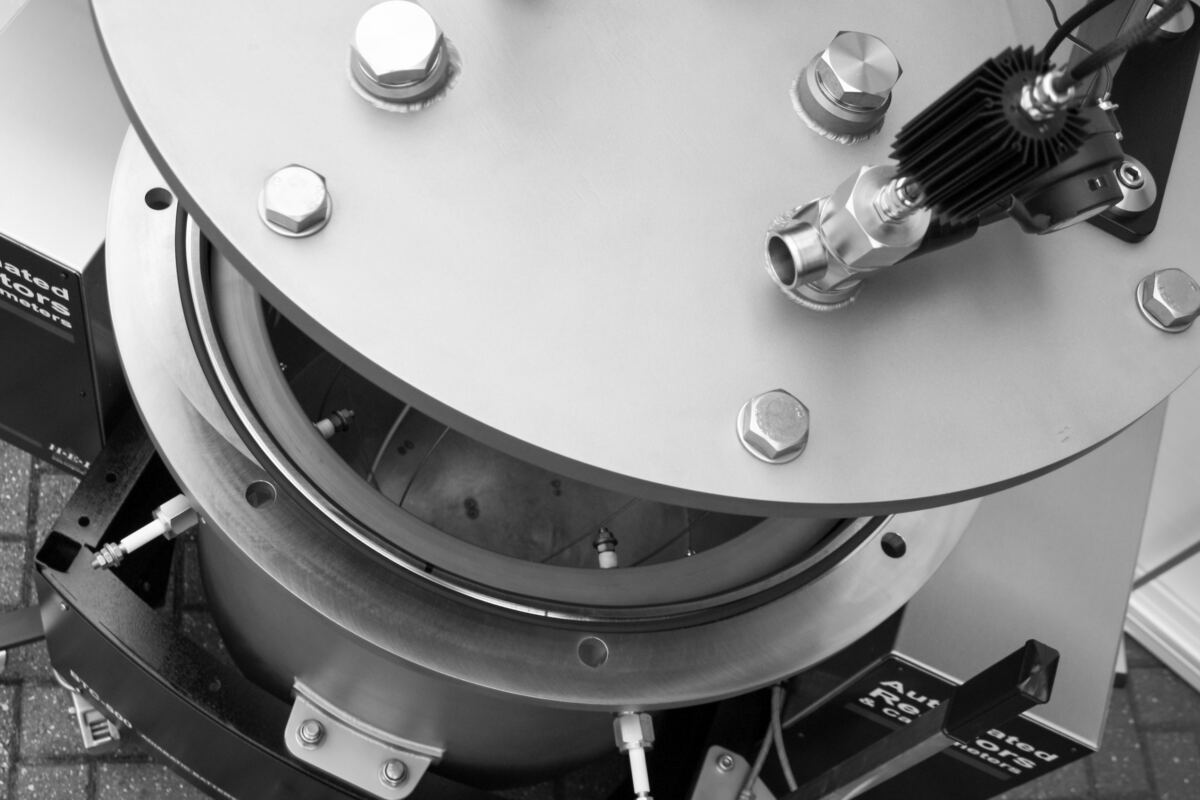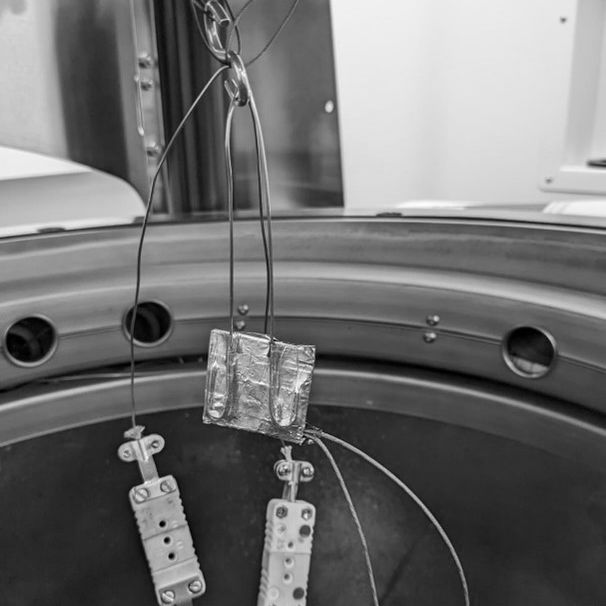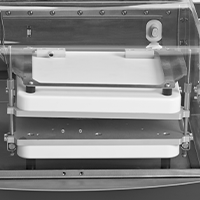In this section, you will find a library of specific case studies/application notes demonstrating the extensive functionality of how scientists are using H.E.L equipment in all the fields of work, including research, scale-up, and production. These case studies show real results and demonstrate our equipment’s performance in applications for biotechnology, thermal hazards, catalysis, calorimetry, flow chemistry, parallel processing, crystallization, and particle studies. These application notes and case studies are subject to copyright. To use any part of this work, please contact us.

Integration of mass spectrometry to characterize the gas evolution of batteries in thermal runaways using adiabatic calorimetry.
Lithium-ion batteries are an essential energy storage technology, but their increasing energy density raises significant safety concerns. Reports of thermal runaway incidents highlight the urgent need for improved methods to study and mitigate these hazardous events. A key challenge in battery safety research is understanding the gas evolution during thermal runaway, as conventional techniques such as gas chromatography operate under conditions that do not fully replicate high-pressure, high-temperature environments. Here, we present a novel integration of adiabatic calorimetry (BTC-500) with high-pressure mass spectrometry to characterize gas evolution during lithium-ion battery thermal runaway. This approach enables real-time, high-frequency gas composition analysis under extreme conditions, overcoming limitations of conventional gas analysis techniques. Compared to standard gas chromatography, which requires sample transfer and offline analysis, in-situ mass spectrometry provides a direct and dynamic measurement of evolving gases.

Assessing the suitability of H.E.L’s BTC-500 for small battery testing
The constant pressure from the market to create more powerful batteries can result in unsafe situations. As a consequence, battery testing is crucial to obtain better batteries that can be operated safely. Adiabatic calorimetry is an incredibly powerful tool for identifying the temperature values at which a battery can be operated. The characterization of events, such as thermal runaways, can help identify the risks and establish mitigation strategies. However, choosing the right calorimeters can prove challenging because they are not sensitive enough for small batteries or cannot withstand battery failures. In this application note, we tested a very small battery (LP103035) in a large calorimeter (BTC-500).

How to use an isothermal calorimeter to characterize a gel battery
By using the iso-BTC – isothermal calorimeter, coupled with a charge/discharge unit, which is specifically designed for the testing of cells and battery packs. We could characterize a battery’s over a wide range of operational conditions.


